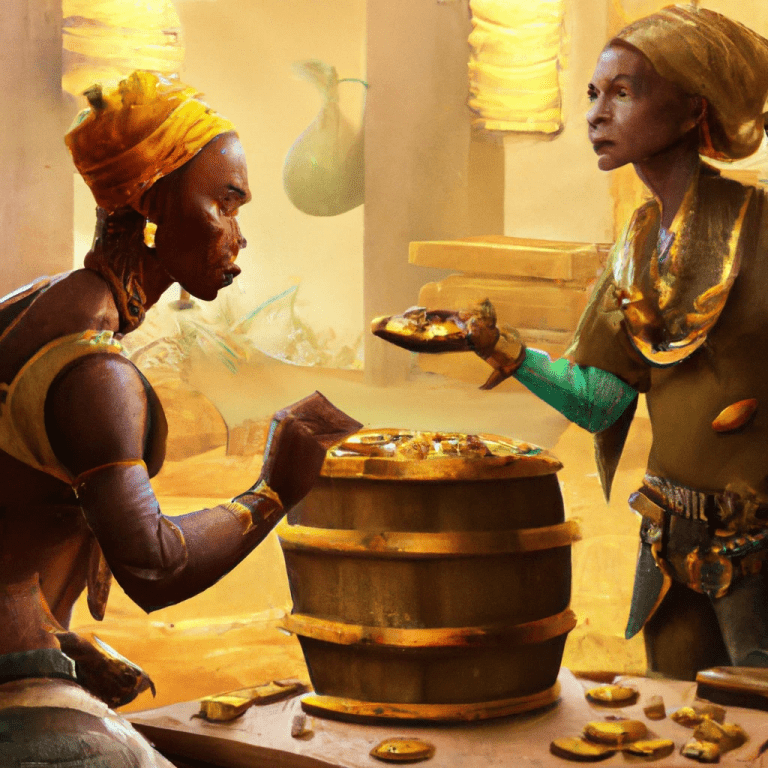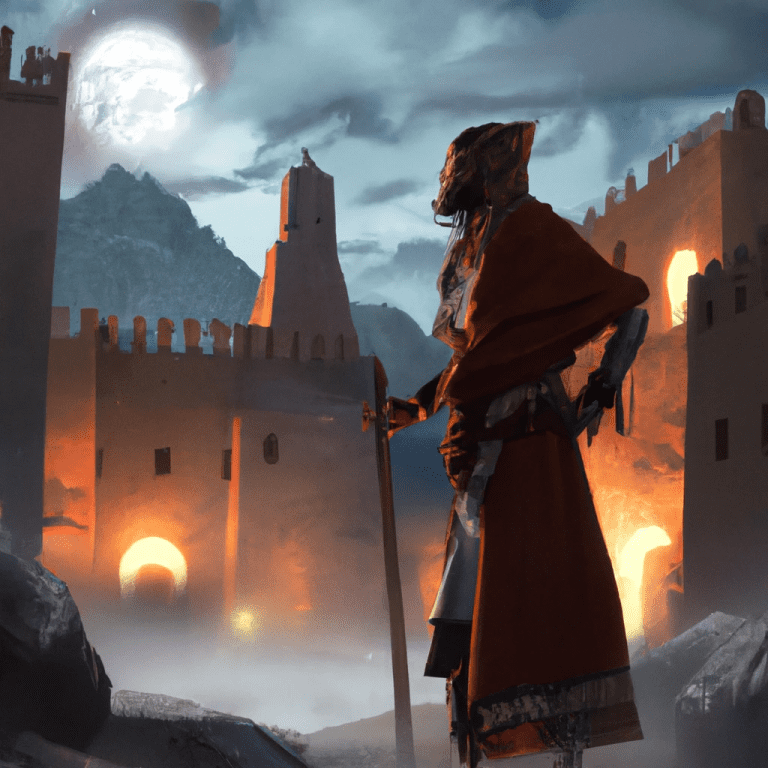Hatshepsut, the 5th pharaoh of Egypt’s 18th Dynasty, ruled in the 15th century BCE. As one of Egypt’s few female pharaohs, her reign was marked by peace and architectural advancements, notably the Temple of Hatshepsut in Luxor. Her legacy remains influential in ancient Egyptian history.
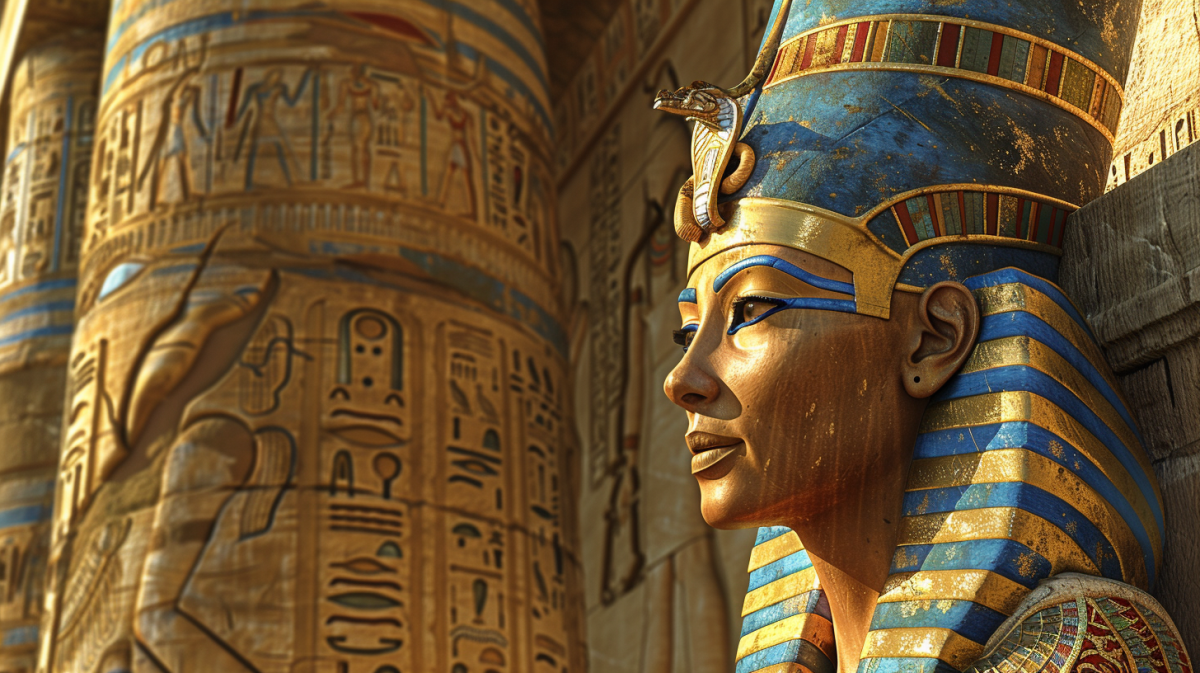
Who was Hatshepsut
Hatshepsut was a Pharaoh in the 18th Dynasty of Egypt. Hatshepsut ruled for 20 years, ruling from 1478 to 1458 BC. She was famous for playing a key role in making Egypt the wealthiest kingdom of the Bronze Age and being the third woman to become a Pharaoh. When Queen Hatshepsut passed away, her legacy was erased on purpose. People today can barely pronounce her name.
Birth of Queen Hatshepsut:
1506-1492 BC
Queen Hatshepsut was born around 1506 BC during the Bronze Age by Thutmose I and his wife Ahmose. However, a son would have been preferable because the heir to the throne was normally the son of the queen. Despite this, Thutmose I had plans for Princess Hatshepsut at the time. He trained her on how to be the next God’s Wife of Amun.

As God’s wife, Hatshepsut owned large estates and lands, also, Hatshepsut learned from the best economic, political and religious tutors in Egypt. Princess Hatshepsut became God’s wife very young, it was estimated she was around 10 years old. Thutmose I wanted this influential position to be filled with someone loyal to him and Hatshepsut was a perfect choice. Historians concluded that Hatshepsut idolised her father and she had him reburied in the tomb she built for herself when she got older.
Thutmose I had Hatshepsut stand by his side at important events, because of this, she learned how building programs functioned as propaganda and job programs as well as how to win wars. Princess Hatshepsut grew up to be the greatest priestess of Egypt, all she needed to do was marry her full brother and become the King’s Great Wife. This does sound strange to many of us in modern times but it was believed this was how they can produce the purest heir to the throne.
Queen Hatshepsut ruled as Regent:
1492-1478 BC
At 12 years old, Hatshepsut was the only pure royal child following the death of her two full brothers. The next best heir to the throne was Hatshepsut’s stepbrother (also called Thutmose), who is the son of Mutnofret, one of Thutmose I’s secondary wives (also known as harem wives). Hatshepsut married her stepbrother, Thutmose II, after the death of Thutmose I, making Hatshepsut Queen of Egypt at 12 years old.

It was believed Thutmose II was frail as he was covered in lesions as well as being born with an enlarged heart and shortness of breath. Thutmose II was too young and too weak to wield power, however, thanks to the training Thutmose I put Hatshepsut through, she became the real power behind the Egyptian throne. The kingdom depended on her to conceive a male heir. Despite all of this, Hatshepsut was an important religious figure with experience running her own estates. Therefore, Queen Hatshepsut dominated the relationship and advised Thutmose II on how to run the kingdom.
Queen Hatshepsut gave birth to a daughter, Neferure and the cycle of no male heir continued. This was a problem as the Thutmose line on the throne can end because this is how Thutmose I came into power, Pharaoh Amenhotep I died without producing a male heir. Because of this, Egypt would have been full of uncertainty.
After 3 years on the throne, Thutmose II passed away in 1479 BC, by this time, Queen Hatshepsut was around 16 years old. Thutmose II produced some male children with his “harem wives”, despite being not as pure as the children Thutmose II and Queen Hatshepsut could have made. One of these male babies had to be chosen as the next Pharaoh to the throne, none of them older than 2 years old. This was strange for Egypt as a baby needed at least 15 years of rule by a regent before becoming a Pharaoh. Because of this, rumours of a new dynasty began to spread across the palace. Queen Hatshepsut devised a plan to make the God Amun choose the next Pharaoh. This was a great way to reassure the people of Egypt. She ensured this would take place in front of as many people as possible. Hatshepsut set up a ceremony and a statue of Amun was rolled in and the baby princes were lined up in front of it. Somehow, the statue chose another Thutmose, who was the son of Isis, who then became Thutmose III.
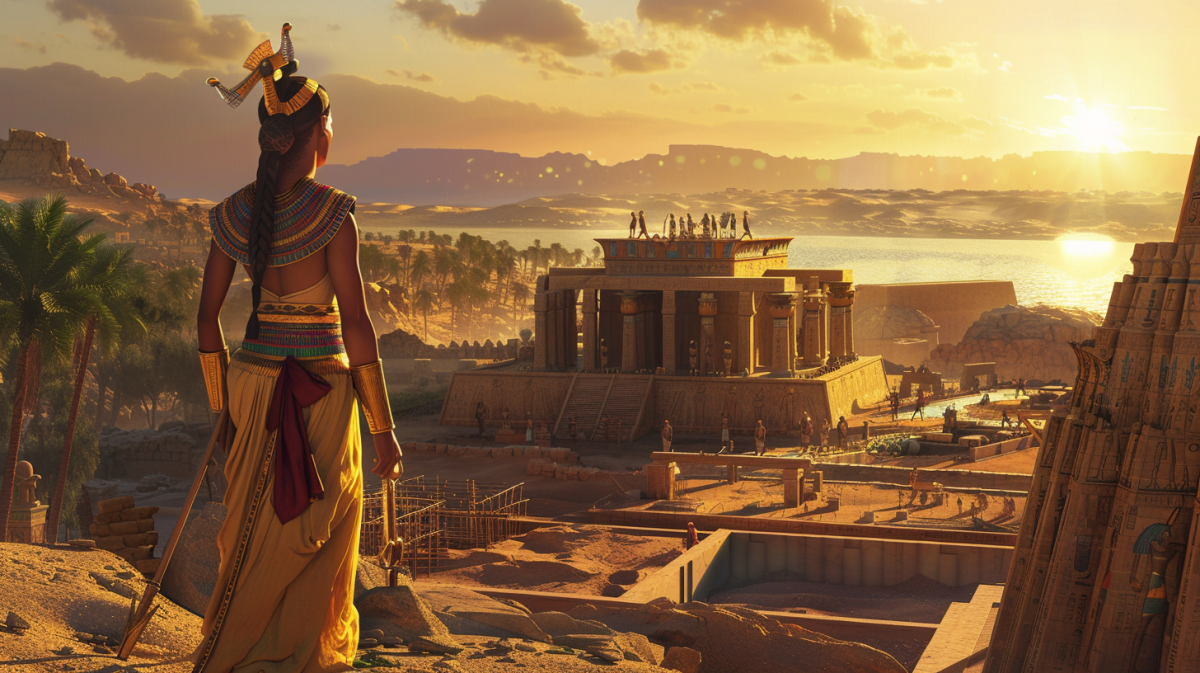
Queen Hatshepsut became regent for young Thutmose III. Thutmose III, who would be one of the great warrior kings of Egypt was too young to rule. Because of this, it was accepted for the widowed queens to act as regents, handling the affairs of the kingdom until their sons became old enough to rule. The generals, priests and bureaucracy had great confidence in Queen Hatshepsut. She began a slow and calculated accumulation of power, the army, temples, palaces, granaries, and every aspect of Egyptian life were connected back to Queen Hatshepsut.
Rewards flowed from the royal palace to the Amun priesthood who vowed an undying alliance with Hatshepsut. Taxes were collected efficiently and Queen Hatshepsut began one of the most ambitious building projects, starting with temples. Most of her projects were concentrated around Thebes, the centre of the Thutmose dynasty. Queen Hatshepsut sent royal heralds across the kingdom and overseas to speak on her behalf and reward loyal supporters. Hatshepsut filled temples across Egypt with priests who had a vested interest in her. Over time, she built a legion of military, religious and political supporters. Queen Hatshepsut built power slowly by building support from every corner of the Egyptian kingdom to the point where supporting her was the logical choice. Hatshepsut never tried to ally with a powerful male and never attempted assassination or a coup because she never needed to.
Hatshepsut had to step down as God’s wife of Amun because this is not a lifetime position. Hatshepsut prepared her daughter, Neferure on how to take over the role of God’s wife but she needed more time to ensure Thutmose III can be established on the throne.
Queen Hatshepsut carved important messages into obelisks, temples and palaces across Egypt. These carvings showed her doing tasks a king would do, such as speaking to the gods, issuing commands and making offerings whilst wearing the gown of a queen but the crown of a king. Hatshepsut knew how the people of Egypt thought, so as her image became more king-like, she made sure to inform her people that Amun had personally chosen her to rule.
Pharaoh Hatshepsut:
1478 – 1458 BC
Hatshepsut became a Pharaoh in 1478 BC. She was officially crowned king of Egypt, and her title finally caught up with what she has been doing all these years. From 12 to 20 years old, Hatshepsut positioned herself as queen, then regent and by 1478 BC, Pharaoh of Egypt. Pharaoh Hatshepsut was already running the day-to-day business of Egypt: building temples, commanding governors, collecting taxes and stopping rebellions.
Hatshepsut erected two large obelisks at the Karnak temple to make her coronation public. One of these obelisks is the tallest in Egypt’s history. In the ancient world, an obelisk was a miracle, something only someone ordained by the gods could achieve and Hatshepsut built plenty of obelisks, one of which still stands today. She built more pairs of red granite obelisks in Karnak temple than any known Egyptian king. All of these obelisks were partially covered with electrum, so when the sun hit them at the right angle, they would light up and appear to capture the energy of the sun itself.
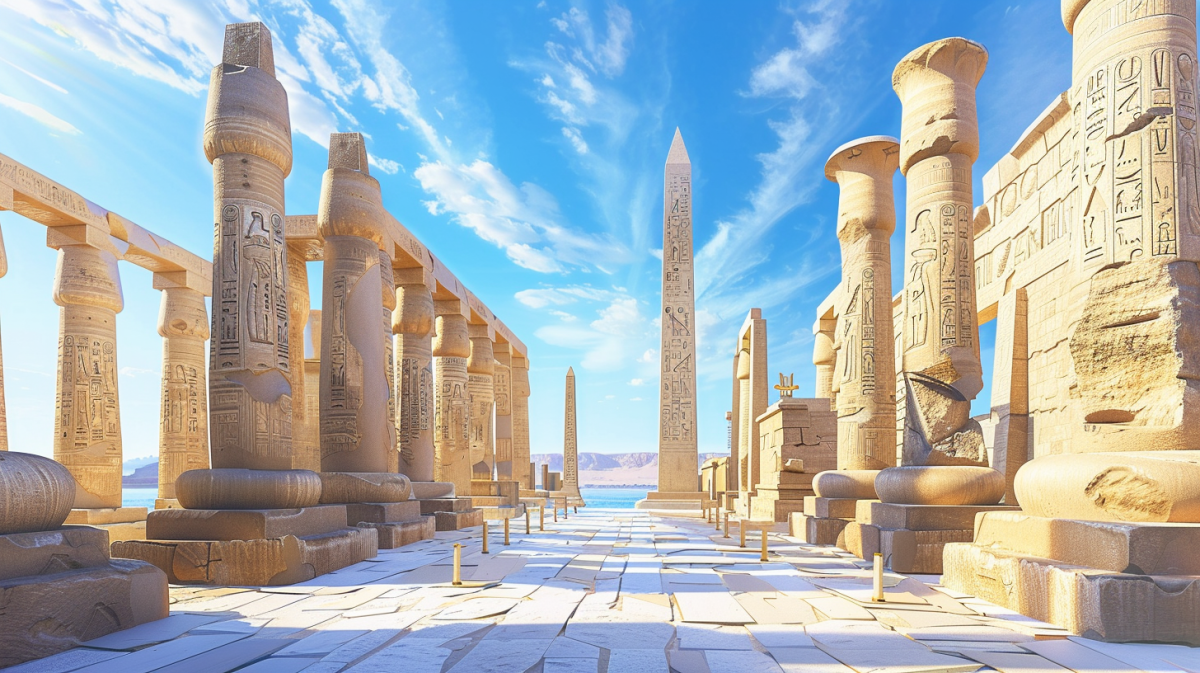
To prove that God’s trusted her, Hatshepsut sent men to the land of Punt, which was believed to be dangerous. All previous expeditions to Punt had only been completed by the greatest of kings. In year 9 of Pharaoh Hatshepsut’s reign, they returned with shiploads of incense, precious ebony, exotic materials and myrrh. To the Egyptians of the time, the Punt expedition would have failed if she wasn’t meant to be king.
Hatshepsut reopened exotic trade networks that had been closed for generations across the ancient world. Pharaoh Hatshepsut was the catalyst of numerous constructions, and more craftsmen than ever were working on large temple projects across Egypt. Work on this level had not been seen in centuries. When Hatshepsut rose to power, Egypt was a country full of buildings made of mud-brick. Now, Egypt was full of temples carved out of rock, large pylons and obelisks.
The most innovative construction was the mortuary temple of Hatshepsut at Dier el-Bahri. Pharaoh Hatshepsut called this temple Dresser Djeseru, meaning “Holy of Holies”. This temple was a huge masterpiece, it had large open spaces on three different layered terraces all connected by ramps. During this time, all of these terraces would have housed gardens filled with exotic plants and incense trees. What made it more impressive is that it looked like it was coming out of the mountain behind it. Large images of Hatshepsut were everywhere with approximately 100 huge statues of Pharaoh Hatshepsut as a sphinx guarding the processional way. For a building that’s 3,000 years old, it looked quite modern, making it one of the architectural wonders of the ancient world. The mortuary temple of Hatshepsut was used for special religious rituals that were connected to the cult that would ensure Pharaoh Hatshepsut’s life after death.

Thutmose III grew up to be a young and healthy warrior, Hatshepsut sent Thutmose III across Egypt to learn how to be a great general. Hatshepsut made sure he developed connections with elites across the Mediterranean Sea. As Thutmose III continued to get older, Pharaoh Hatshepsut had to shift how she was being depicted from a woman to a man. This is because a woman could outrank a boy but couldn’t outrank a man, therefore, these changes were necessary to ensure Hatshepsut’s and Thutmose III’s rule was legitimate. According to historians, Pharaoh Hatshepsut hid all of her feminine features in images and presented herself as a broad and bare-chested man with a false pharaonic beard. However, she did continue to describe herself as a woman by using pronouns such as “she” and “her” in her writings.
To complete the transition of power from Hatshepsut to Thutmose III, she threw a Sed festival. After the Sed festival, all of the temples across Egypt depicted Hatshepsut as a man. During the Sed celebration, Thutmose III, who was 17 years old at the time, was acting as a co-king alongside Pharaoh Hatshepsut. Thutmose III was old enough to rule and the sed festival was the best way for Hatshepsut to formally announce his coming to power.
Death of Hathspesut:
1458 BC – 2006
Historians believe that Hatshepsut died from either cancer or diabetes. Hatshepsut died in her mid-40s around 1458 BC. She was buried at the bottom of the cliffs on the east side of the Valley of Kings (KV60). Her tomb accommodated her sarcophagus and her father’s, Thutmose I, which was another way to legitimise her rule.

Following the death of Hatshepsut, Thutmose III began to eradicate the history of Hatshepsut from every temple in Egypt. Her image was destroyed and removed from her monuments through a systematic campaign to remove her legacy. Chisels and hammers were used across Egypt to erase Hatshepsut from history. This wasn’t done maliciously or due to any form of hatred, this was done to rewrite the official record of history to show the throne had gone directly from his father to himself. Thutmose III waited until the end of his long reign which spanned from 1458 to 1425 BC. Historians believe that Thutmose III also needed to establish legitimacy for his own son, so he had to prove the crown went from Thutmose I, then Thutmose II, then Thutmose III and then his son. Once Thutmose III’s son was on the throne, the destruction of Hatshepsut’s legacy stopped.
The mummy of Hatshepsut was discovered in 1903 by Howard Carter. The mummy of Hatshepsut was identified thanks to medical studies and historical evidence. Pharaoh Hatshepsut now rests in the Museum of Cairo.
Related Posts
Sources
Smithsonian Magazine. “The Queen Who Would Be King.” Smithsonian Magazine, Smithsonian Institution, 28 Mar. 2011, https://www.smithsonianmag.com/history/the-queen-who-would-be-king-130328511/.
History.com Editors. “Hatshepsut.” History, A&E Television Networks, LLC, 3 Feb. 2010, https://www.history.com/topics/ancient-egypt/hatshepsut.
Discovering Egypt. “Hatshepsut.” Discovering Egypt, discoveringegypt.com, https://discoveringegypt.com/ancient-egyptian-kings-queens/hatshepsut/.


